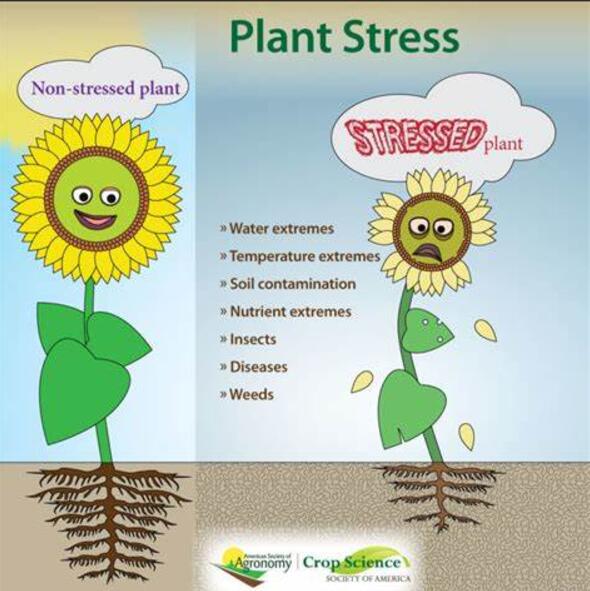Significance of photosystem integrity and reducing Cd accumulation in mitigating Cd stress on olive tree inoculated with soil-borne bacteria consortium is variety-dependent
IF 6.8
Q1 PLANT SCIENCES
引用次数: 0
Abstract
Rhizosphere microbial community role in boosting fruit tree ability to cope with heavy metals is gaining interest. Here, we address the effects of in-frame holobiont microbial inoculation on two Tunisian olive tree varieties (Olea europaea L. cv. Chemlali and Chetoui) exposed to CdCl2 for one month. Shoot Cd content, leaf pigment contents, chlorophyll fluorescence, and energy conversion-related traits in photosystems I and II (PSI and PSII) were considered. Following pyrosequencing-based 16S rRNA analysis, Proteobacteria, and to a lesser extent Firmicutes phylums, were the most abundant. Both Cd-treated olive varieties showed a significant decrease in leaf pigment contents, however, this depressive effect was significantly mitigated following inoculation. PSI and PSII activities were more altered in Cd-treated Chetoui as compared to Chemlali. Quantum yield and electron transport of PSI and PSII were also more impacted in Chetoui, whereas the limitation of the donor side of PSI increased in the latter. Yet, Cd impact on these parameters was significantly reduced in inoculated plants. The quantum yield of nonregulated non-photochemical energy loss in PSII significantly increased in both olive varieties under Cd stress, but values were markedly restored with inoculation. High Cd accumulation observed in Chetoui shoots upon Cd exposure was significantly lower in inoculated plants. Overall, the consortium used improved olive tree Cd tolerance likely due to the restoration of leaf pigment contents and the better integrity of photosystems in both varieties, whereas lowering Cd translocation to shoots would be more prominent in Chetoui. Long-term experiments will be conducted to confirm these results.
求助全文
约1分钟内获得全文
求助全文
来源期刊

Plant Stress
PLANT SCIENCES-
CiteScore
5.20
自引率
8.00%
发文量
76
审稿时长
63 days
期刊介绍:
The journal Plant Stress deals with plant (or other photoautotrophs, such as algae, cyanobacteria and lichens) responses to abiotic and biotic stress factors that can result in limited growth and productivity. Such responses can be analyzed and described at a physiological, biochemical and molecular level. Experimental approaches/technologies aiming to improve growth and productivity with a potential for downstream validation under stress conditions will also be considered. Both fundamental and applied research manuscripts are welcome, provided that clear mechanistic hypotheses are made and descriptive approaches are avoided. In addition, high-quality review articles will also be considered, provided they follow a critical approach and stimulate thought for future research avenues.
Plant Stress welcomes high-quality manuscripts related (but not limited) to interactions between plants and:
Lack of water (drought) and excess (flooding),
Salinity stress,
Elevated temperature and/or low temperature (chilling and freezing),
Hypoxia and/or anoxia,
Mineral nutrient excess and/or deficiency,
Heavy metals and/or metalloids,
Plant priming (chemical, biological, physiological, nanomaterial, biostimulant) approaches for improved stress protection,
Viral, phytoplasma, bacterial and fungal plant-pathogen interactions.
The journal welcomes basic and applied research articles, as well as review articles and short communications. All submitted manuscripts will be subject to a thorough peer-reviewing process.
 求助内容:
求助内容: 应助结果提醒方式:
应助结果提醒方式:


